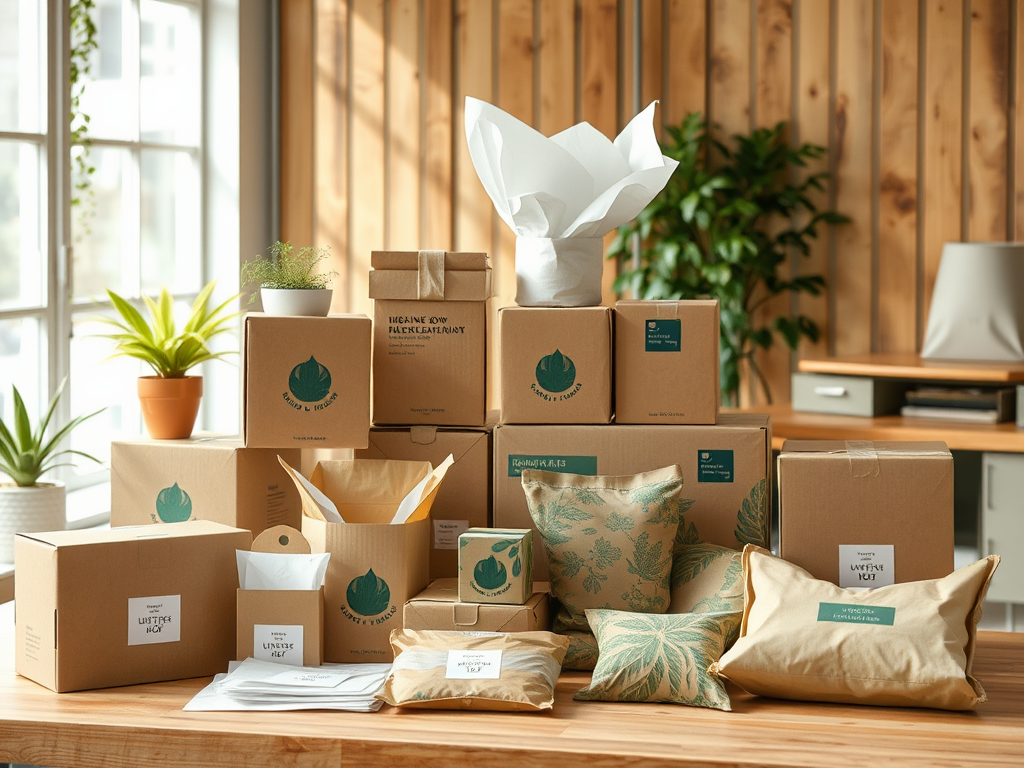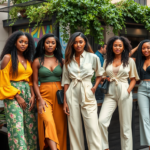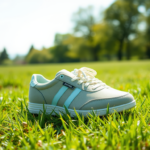In an era where sustainability is at the forefront of consumers’ minds, the packaging used by retailers like Urban Outfitters becomes a crucial focal point. With the fashion industry facing mounting scrutiny over its environmental impact, how a brand packages its goods can say a lot about its commitment to sustainability versus convenience. Urban Outfitters has positioned itself as a trendy option for consumers, yet it is essential to scrutinize not just what they sell but how they present it. As the world shifts towards more sustainable practices, the question arises: Are Urban Outfitters’ packaging decisions helping or hindering the global call for environmental responsibility? Here, we dive deep into the company’s practices to uncover the truth about their packaging materials, consumer reactions, and sustainability efforts.
The Rise of Sustainable Packaging
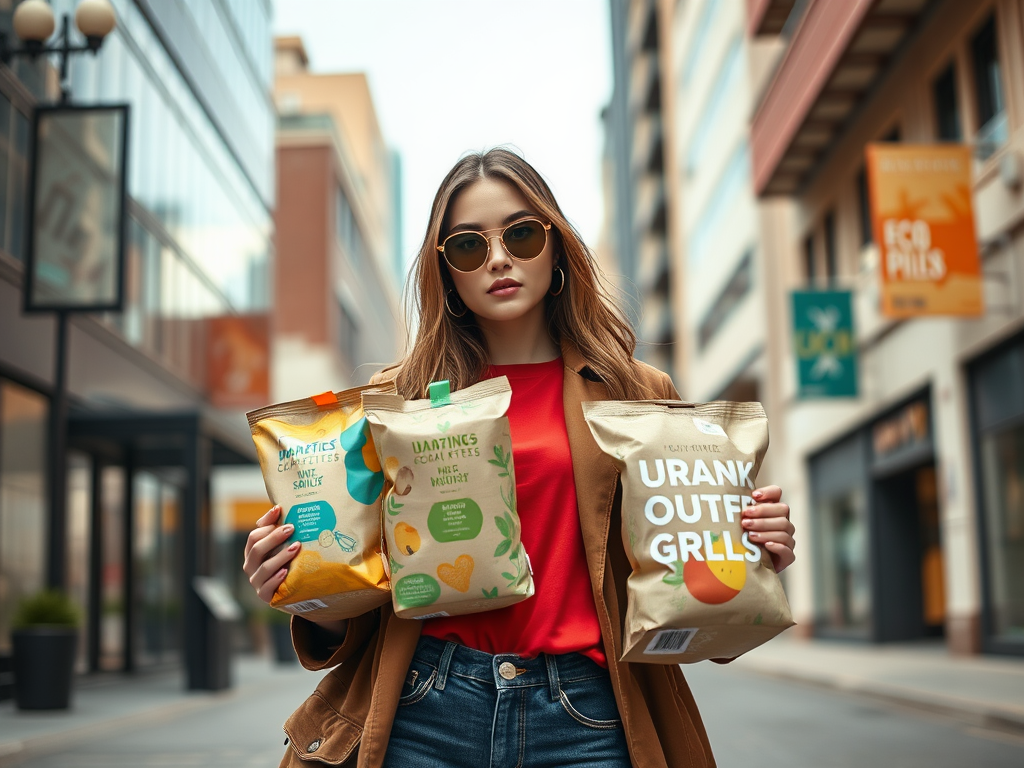
Over the past few years, sustainable packaging has become a hot topic in the retail sector, reflecting a significant shift in consumer behavior and corporate responsibility. Sustainable packaging can be defined as materials that are designed to have a minimal environmental impact, both in production and disposal. According to recent surveys, an impressive 73% of consumers are willing to pay more for products that come in eco-friendly packaging. Regulations and initiatives are also at play, as governments around the world implement laws aimed at reducing waste and encouraging responsible sourcing of materials. As a response, brands have begun to reevaluate their choices, seeking innovative solutions to meet these new expectations.
Urban Outfitters: Brand Overview
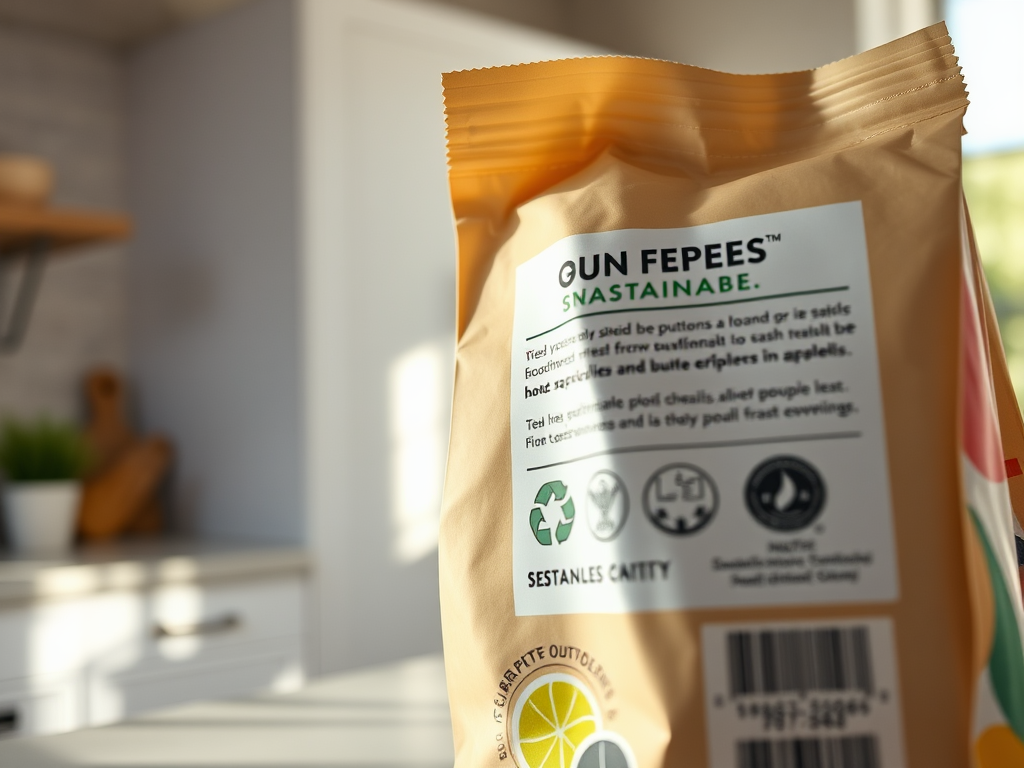
Urban Outfitters has carved out a unique space in the retail market, attracting a demographic that values style and cultural consciousness. Founded in 1970, the brand initially focused on vintage clothing but has evolved its offerings to include a variety of apparel, home goods, and lifestyle products. With a strong appeal to millennials and Gen Z, Urban Outfitters prides itself on being at the intersection of fashion, music, and art. As consumer preferences shift towards sustainability, the brand has begun to explore different initiatives aimed at reducing its environmental footprint. However, the effectiveness and transparency of these efforts remain a topic of discussion among consumers.
Analyzing Urban Outfitters’ Packaging Practices
Understanding Urban Outfitters’ packaging practices involves examining both the types of materials used and the methods employed in the packaging process. The brand utilizes a spectrum of packaging options to accommodate the diverse range of products they offer. Whether it’s clothing flying to a customer’s doorstep in a signature box or home goods nestled in protective materials, the brand’s choices play a crucial role in its sustainability narrative.
Types of Packaging Used
Urban Outfitters employs a variety of packaging types, which serve different products and logistics needs. These include:
- Corrugated boxes for shipping clothes and accessories
- Eco-friendly poly mailers for soft goods
- Paper bags made from recycled materials
- Protective materials such as tissue paper and biodegradable bubble wrap
Material Sourcing
The types of materials used in Urban Outfitters’ packaging are essential to their sustainability claims. The brand sources a mix of recycled and recyclable materials, but the extent of their commitment to biodegradable options is crucial for consumers. Below is a comparison of different packaging materials and their environmental impacts:
| Material Type | Recyclable | Biodegradable | Comments |
|---|---|---|---|
| Cardboard | Yes | No | Widely recycled but not biodegradable. |
| Plastic Mailers | Limited | No | Effective but poses recycling challenges. |
| Tissue Paper | Yes | Yes | Often made from recycled content. |
| Bubble Wrap | No | No | Not eco-friendly. |
Sustainability Initiatives and Certifications
To further assess Urban Outfitters’ sustainability commitment, it is essential to consider any certifications or programs the brand participates in. Several organizations focus on promoting sustainable practices within the retail sector, and membership in these entities can reflect a brand’s dedication. For instance, third-party certifications such as the Forest Stewardship Council (FSC) and Cradle to Cradle are indicators that a brand is taking significant steps towards sustainability. However, the presence of such certifications isn’t the only marker of commitment; how brands implement sustainability in day-to-day practices is crucial.
Consumer Reactions and Transparency
Consumer perceptions play a vital role in shaping how Urban Outfitters approaches its packaging strategy. Social media platforms provide a fertile ground for customers to express their opinions, influencing the brand’s practices and policies. From Instagram posts to Twitter threads, feedback regarding packaging can illuminate areas where Urban Outfitters shines and where it may fall short. Furthermore, transparency is a significant factor in building consumer trust, and the availability of information on Urban Outfitters’ website regarding its sustainability efforts impacts how customers view the brand.
The Impact of Packaging Waste
The discussion surrounding Urban Outfitters’ packaging would be incomplete without considering the broader impact of packaging waste within the fashion industry. Ineffectively managed packaging contributes significantly to environmental degradation, as materials often find their way into landfills rather than recycling processes. The consequences extend beyond physical waste; they also encompass the carbon footprint associated with production and transportation. As consumers, being mindful of these implications can ultimately lead to more informed purchasing decisions.
Conclusion
After a comprehensive analysis of Urban Outfitters’ packaging practices, it becomes clear that the brand stands at a crossroads of sustainability and wastefulness. While they have made strides towards using more recyclable and eco-friendly materials, there remain significant areas for improvement. Consumers are increasingly seeking brands that reflect their values, and packaging is an essential part of that equation. As Urban Outfitters evaluates its packaging strategies, it is crucial to consider the environmental impact of every decision, encouraging informed choices among its customer base.
Frequently Asked Questions
- Is Urban Outfitters’ packaging recyclable? Yes, many of Urban Outfitters’ packaging materials are recyclable, but it’s important to check specific guidelines for your area.
- What types of materials does Urban Outfitters use for packaging? Urban Outfitters uses a combination of recycled cardboard, paper, and sometimes plastic materials for their packaging.
- Does Urban Outfitters have a sustainability policy? Yes, Urban Outfitters has implemented various initiatives and policies aimed at improving their sustainability efforts.
- How does Urban Outfitters’ packaging compare to other brands? Urban Outfitters is making strides in sustainable packaging, but comparisons with other brands vary; some may have more comprehensive programs.
- Can I return items without the original packaging? Generally, items can be returned without original packaging, but it’s recommended to check specific return policies on their website.
